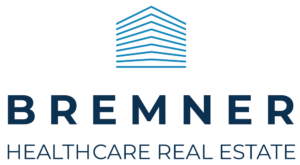How should health systems decide whether to own or lease ambulatory facilities for maximum capital efficiency?
Use a structured, data-driven framework that compares after-tax NPV, balance-sheet impact, and strategic flexibility; lease when preserving capital and speed-to-market produce higher risk-adjusted value, and own when long-term control, low cost of capital, and site durability outweigh the opportunity cost. Why it matters Ambulatory growth is essential, but capital is scarce. The own-versus-lease choice determines how much balance sheet capacity you preserve for clinical systems, digital infrastructure, and core hospital upgrades—and it shapes your bond rating trajectory. Ownership can lower long-run occupancy cost and maximize control; leasing can accelerate market entry, transfer residual risk, and keep cash free for higher-return clinical initiatives. Under ASC 842, leases appear on the balance sheet, but structure still influences leverage, liquidity, and rating agency views on risk. How it works Start with a six-part decision framework: define the use case and time horizon, quantify total cost of occupancy, run a financial comparison, score strategic factors, apply decision rules, and optimize the deal structure. Define the clinical program and market horizon. If a site’s value depends on durable referral patterns, protective CON barriers, or long-term ambulatory throughput [...]

